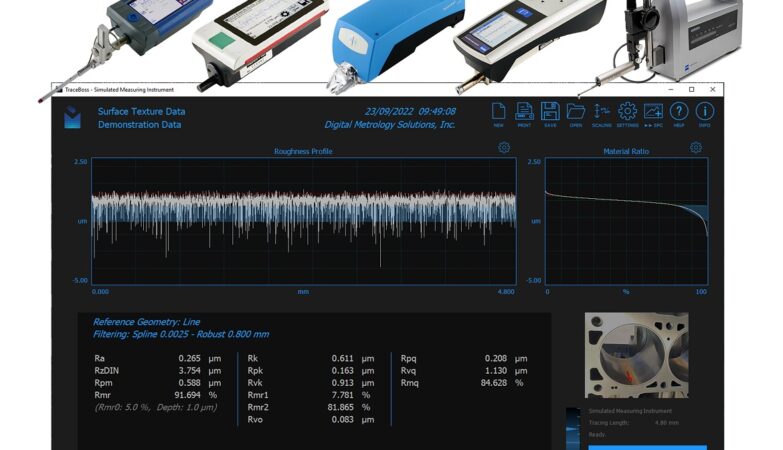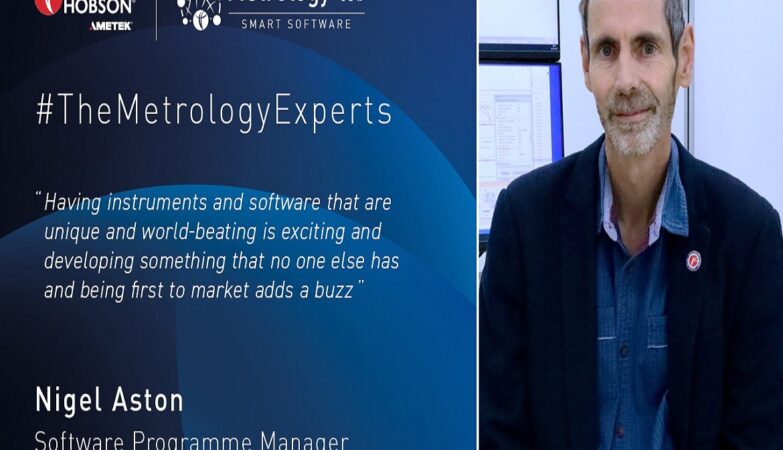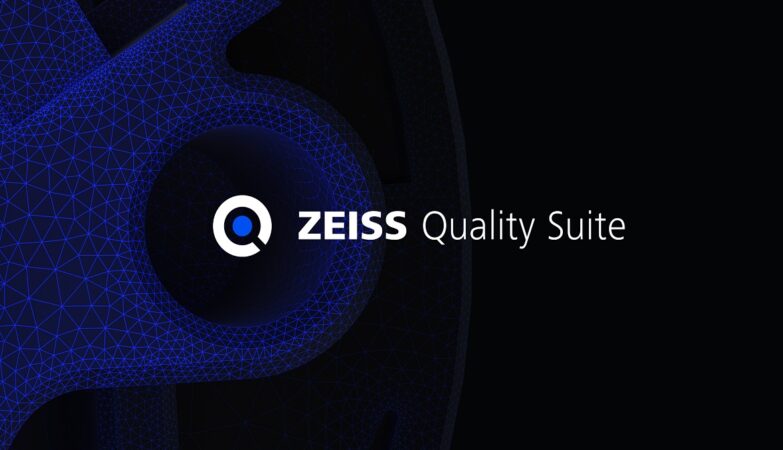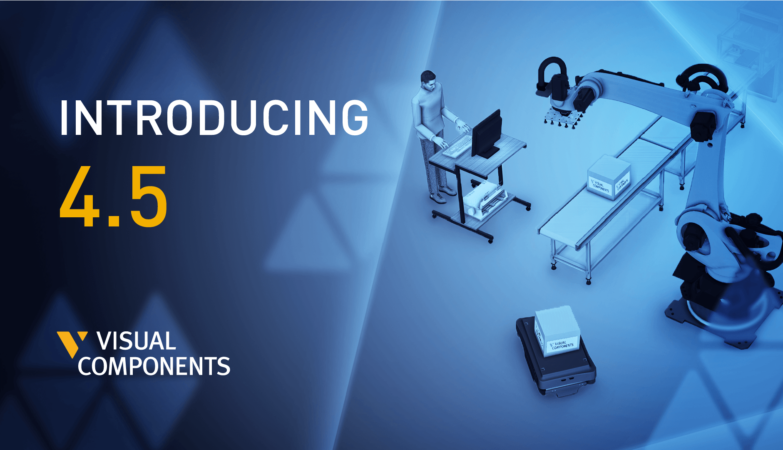Today, additive manufacturing (AM) is dramatically changing the way that manufacturers produce end-use parts and components. Not surprisingly, analysis of the accuracy and repeatable tolerance range of AM has become a critical issue. If an AM part is integral to a safety–critical aerospace or medical application, it is essential to achieve dimensional and surface finish tolerance targets consistent with design intent. This is where metrology comes into perform the critical role of validating the quality of finished parts.
When producing critical AM parts, manufacturers must meet stringent tolerances — a role metrology systems have always played in manufacturing. Metrology sensors allow process monitoring and quality control, optimizing AM dimensional accuracy and surface quality.
Manufacturing “additively” opens up an array of issues that can influence the integrity of a finished product. It also introduces a unique set of surface characteristics that make the job of measuring and validating that much more difficult. In the search for relevant metrology critical to process control, companies are still trying to understand what to look for on and under the surface of an AM produced part — and how these relate to part functionality.
When measuring AM parts, a company often adopts an empirical approach that no single solution is trusted to provide accurate enough data. Basically, AM parts are “over-tested”, and this means extra time and extra cost. To overcome this problem, metrology solution providers need to adapt existing metrology technologies so they are aligned with the unique characteristics of AM process and end-use AM parts. These characteristics include irregular, steeply sloped surface topography that many measurement technologies fail to capture.
Post process metrology solutions
Through extensive research and development of coherence scanning interferometry (CSI) technology in ZYGO 3D optical profilers, high-accuracy AM metrology tools are now available to industry. These instruments use innovative hardware and software upgrades referred to at ZYGO as “More Data Technology,” which makes the instruments much better suited to AM parts. These instruments are able to measure parts with a wide range of reflectance, often a struggle for other instruments that use interferometry as a measurement principle.
Surfaces of AM parts challenge existing surface topography measurement and defy characterization using standardized texture parameters because of high surface slopes, voids, weld marks, and undercut features. ZYGO is also actively involved in researching calibration, traceability, characterization, and verification for AM part surface topography measurements.










